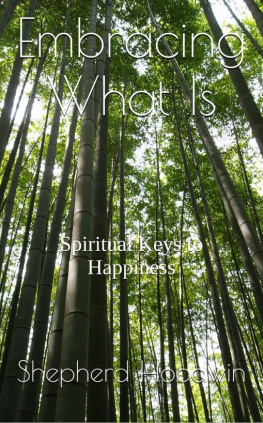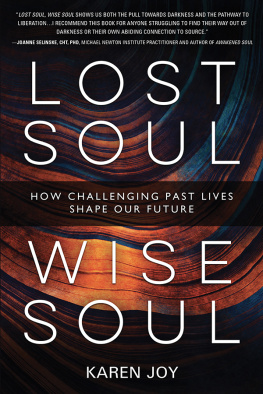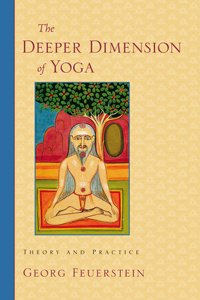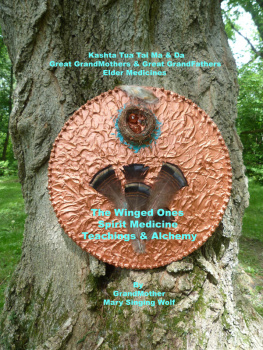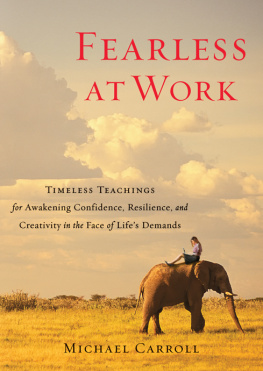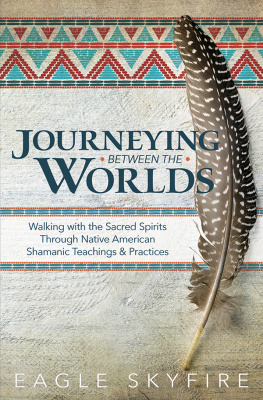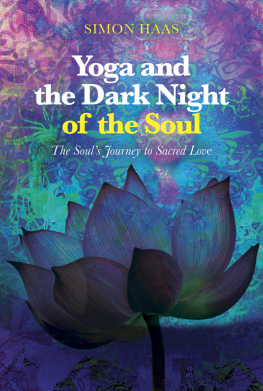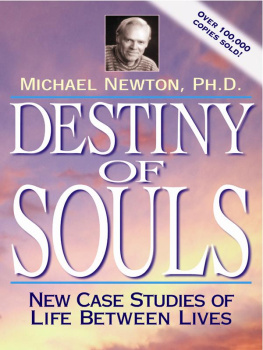Copyright 1995, 1999, 2013 by Shepherd Hoodwin. All rights reserved. No portion of this book, except for brief review, may be reproduced, stored in a retrieval system, or transmitted in any form or by any meanselectronic, mechanical, photocopying, recording, or otherwisewithout the written permission of the publisher. For information contact North Atlantic Books.
Published by
North Atlantic Books
P.O. Box 12327
Berkeley, California 94712
Cover art by Kathleen Fowler Anderson
Cover design by Suzanne Albertson
Interior illustrations by Shepherd Hoodwin
Journey of Your Soul: A Channel Explores the Michael Teachings is sponsored by the Society for the Study of Native Arts and Sciences, a nonprofit educational corporation whose goals are to develop an educational and cross-cultural perspective linking various scientific, social, and artistic fields; to nurture a holistic view of arts, sciences, humanities, and healing; and to publish and distribute literature on the relationship of mind, body, and nature.
North Atlantic Books publications are available through most bookstores. For further information, visit our website at www.northatlanticbooks.com or call 800-733-3000.
T HE L IBRARY OF C ONGRESS HAS CATALOGED THE PRINTED EDITION AS FOLLOWS:
Hoodwin, Shepherd.
Journey of your soul : a channel explores the Michael teachings / Shepherd Hoodwin; [foreword by] Jon Klimo; [foreword by] John Friedlander. Second edition
p. cm.
Summary: Explores fascinating channeled knowledge about how we set up our lifetimes and why were here. Its insights can help us love and live more fullyProvided by publisher.
eISBN: 978-1-58394-567-4
1. Channeling (Spiritualism) 2. Spirit writings. I. Title.
BF1286.H66 2013
133.91dc23
2012039918
v3.1
To Frederick G. Hoodwin
My late father
Acknowledgments
My clients, for their questions.
My editors at North Atlantic Books, Hisae Matsuda and Kathy Glass.
Kathy Anderson, Kent Babcock, Emily Baumbach, Uma Berliner, Dawn Barker, Allison Blakley, Deborah Bloom, Laurel Bradshaw, Fiona Camberun, Nancy Cross, Janet Elam, John Friedlander, Bill Getman, Nancy Gordon, Dave Gregg, Stan Grindstaff, Michael Grossberg, Ed Hamerstrom, Sandra Heggen, Kathy Lew, Ulla Sarmiento, Val Schleicher, Kathryn Schwenger, Leslie-Anne Skolnik, Donna Stirling, Lynne Walker, Margaret Winecoff-Egner, Phil Wittmeyer, Tina Wong, and the late Tony Rullo and Mayo Gray, for invaluable feedback.
Linda Scheurle, Barry Gross, and Kent Babcock, for transcribing.
Kent Babcock and Kathy Anderson, for the idea for the diagram, 3/7/5 Casting.
The other Michael channels and authors, for all their contributions to the Michael teachings.
About the Cover Art
The painting shown on the cover, Michael Mandala, was inspired by Shepherd Hoodwins channeling of the Michael entity. Six intersecting circles with a seventh in the center make a larger circle, a mandala representing the tables of seven so central to the structure of the Michael teachings. Six of the roles and overleaves are represented by three sets of complementary colors to show their cardinality or ordinality. The seventh, middle circle corresponds to the scholar role, the neutral overleaves, and the akashic plane; it has no complement but partakes of the other six circles. The transparency of the mandala shows the affinity between the spiritual and the physical, and illustrates that the energies represented by each circles color are inherent to perception.
The artist, Kathleen Fowler Anderson, is a Michael student living and working in upstate New York. She painted this four-by-four-foot oil on canvas during the summer of 1991. It can be viewed at the Bearsville Gallery near Woodstock, New York. To contact the artist, email .
Contents
Foreword to the 2013 Edition
The Michael material, like all the best channeling, validates each persons life in its own terms and for its own purposes. Michael is the kind of guide whose consciousness is much larger than any humans. You might therefore expect Michael (by convention referred to as them) to offer a beyond-human set of goals. Instead, such large guides are bringing a new human face to spirituality. They see humans as being here to explore and develop skill with the ordinary human personality. This differs from the goal of the great Eastern mystical paths for at least the last twenty-five hundred yearsto obtain non-dual awareness or even enlightenment.
Ordinary human consciousness depends on an illusion that there is a fundamental distinction between our human experience of a separate self and the infinite lives that seem to exist only outside each humans individual consciousness. Over eons, humanity built the neurological structures that generate this illusion. These neurological structures can be transformed through rigorous spiritual practices so they cease generating the illusion.
Beginning with the first modern channel, Jane Roberts, and her guide Seth, the focus of spiritual journeys shifted. No longer is non-dual or enlightened consciousness the goal. In Seth Speaks,)
While Jane Robertss channeling broke new ground in spiritual exploration, she never personally figured out how to combine freedom and structure. The Michael material is one psychologically powerful way to explore that interplay between freedom and structure. Specifically, Michael provides a rich, deep, and subtle analysis of each persons unique personality structure and his/her most natural directions for growth. Michael uses their categories much as a master painter uses colors. The myriad shades come from three primary colors. Using combinations of them, a master portraitist can paint any individual, capturing her emotions, thoughts, and lifestyle, as well as her deepest aspirations and concerns. Similarly, by using the various Michael teachings categories, Michael paints a picture of how personalities are put together. Using that picture, we can see hidden aspects of ourselves. Perhaps more importantly, Michael helps us extend our imagination and compassion to understand others who differ from ourselves in ways that, without Michaels deep analysis, would be invisible to us.
When I read Shepherds earlier edition of this book, I had already read many Michael books, learning and benefiting from each of them. But it wasnt until I encountered Shepherds descriptions of the Michael attributes that they came alive. Much like learning how one wine differs from another and what foods a particular wine goes with and why, a reader can entertain the subtleties of the Michael system that Shepherd brings to awareness.
As I began to understand Shepherds handling of the Michael subtleties, I noticed that a deeper sense of compassion for myself and others was emerging. Heres an example. Im not proud of this, but as a child I picked a fistfight with a boy who was unremittingly cynical. I had let his cynicism spoil my fun over several weeks of summer camp. I learned that day that it isnt okay to pick a fight over attitudes you dislike, but even through adulthood, I bristled at all cynics. It wasnt until studying the Michael system that I understood that humanity is set up to present an entire range of behaviors, attitudes, and experiences. I wont like every attitude and style, yet they are all necessary for the full richness of human experience. I am an optimistic and even sentimental person, but I now understand that cynics are necessary. Its too bad that people didnt listen to the cynics in relation to the Bernie Madoff Ponzi scheme, which cost investors billions. After the fact it is easy to see that Madoffs claims were ridiculous. The cynics saw it earlier.


